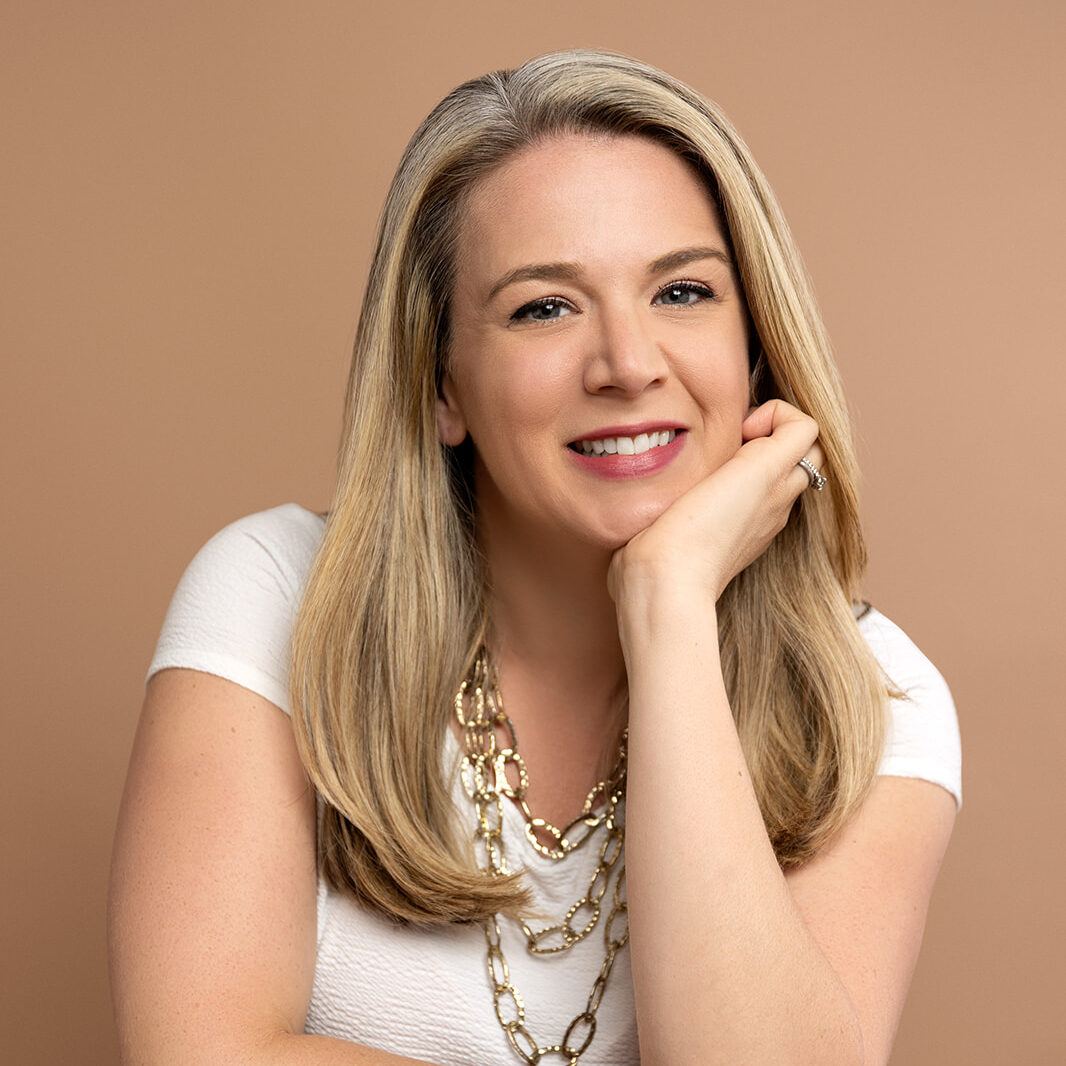When you’re a freelancer, you need to get comfortable with being uncomfortable, and that includes the ebbs and flows of income.
It often feels like a rollercoaster ride – exhilarating highs followed by nerve-wracking lows. It’s a path marked by weeks, sometimes even months, where the wait for invoices to be paid stretches your budget—okay and PATIENCE—to its limits.
Yet, there are also those moments when you get paid by a few clients at once and temporarily feel like a baller.
Full-time freelancing for 15 years taught me these financial coping strategies to help me feel less stressed and anxious about living with an irregular freelance income
I hope they give you some stability and peace of mind.
6 Freelance Money Mindset Tips to Help You Feel Less Financial Stress in Your Business
Here are money tips for freelancers to help you feel less anxiety during the freelance feast-or-famine cycles.
1. Focus on quarterly income instead of a weekly paycheck
Firstly, shift your perspective from the immediate to the broader horizon.
Evaluating your earnings every quarter, rather than getting caught up in the weekly or monthly fluctuations, offers a clearer picture of your financial health.
This approach helps in smoothing out the highs and lows, providing a more stable outlook on your income.
2. Don’t freak out over slow freelance payments
It’s natural to feel a pinch during slower weeks, but it’s crucial not to let stress cloud your judgment.
3. One of the top money tips for freelancers is to always save a little extra for tax season
In the U.S., many freelancers will need to start paying taxes quarterly after the first year or so, or when they earn a certain amount of money.
Keeping a little extra aside can save you from future tax headaches. If you don’t owe it to the government, add some to your retirement accounts. This will help you build up investments for your future and increase the write-offs so you can owe the government less next year. Always check the IRS’ website for the latest guidance on tax tips for freelancers.
4. Stay on top of client payment status and terms
Keeping track of when invoices are paid can significantly ease your financial planning. Sometimes when I’m stalking my bank account to see if a payment hit yet, I need to go back to my documents where I see the date I submitted my invoice, their average payment terms (maybe 30 or 45 or even 60) and calm down.
It might feel like forever since you sent over an invoice but it’s only been 30 days and their terms are 45 days. Make note of the date you get paid in an invoicing doc.
You’ll not only anticipate future payments better but also quickly identify any delays. This simple habit can be a game-changer in managing your cash flow more effectively. (Here’s more on cash management if you’re interested.)
5. Money mindset tip for success? Anticipate slow seasons as a freelancer
Understanding and preparing for your ‘slow seasons’ can make a world of difference. For me, it’s typically July and mid-December through early February. By recognizing these patterns, you can plan ahead, ensuring you have enough savings to cover these leaner periods. Here are ways to navigate a freelance slow season.
Save up more money during your slow freelance seasons and be prepared to spend less and market yourself more during slower business times.
6. Have a freelance financial goal in mind
Setting a target for the balance between ‘invoices out’ and ‘assignments being worked on’ can help maintain a steady workflow and income.
In previous years, it’s been between $15,000 and $20,000 that I wanted to know was “coming in” or “assignments I could count on.”
For instance, if you aim to have $8,000 in play at any given time because that helps your freelance money mindset and you’re awaiting $3,000 in payments, strive to have $5,000 worth of assignments in progress. It’s one of the money tips for freelancers that’s helped me feel less anxious about how much money is coming in.
This balance isn’t just about numbers; it’s about finding a rhythm that keeps the financial anxiety at bay.
Remember, these freelance money mindset strategies aren’t a one-size-fits-all solution but rather a framework that has served me well over the years.
The goal is to mitigate some of the financial uncertainties that come with freelancing and to foster a sense of security amidst the fluctuating tides of freelance income.
Here are the steps to take when you’re ready to earn $100 an hour freelancing.




